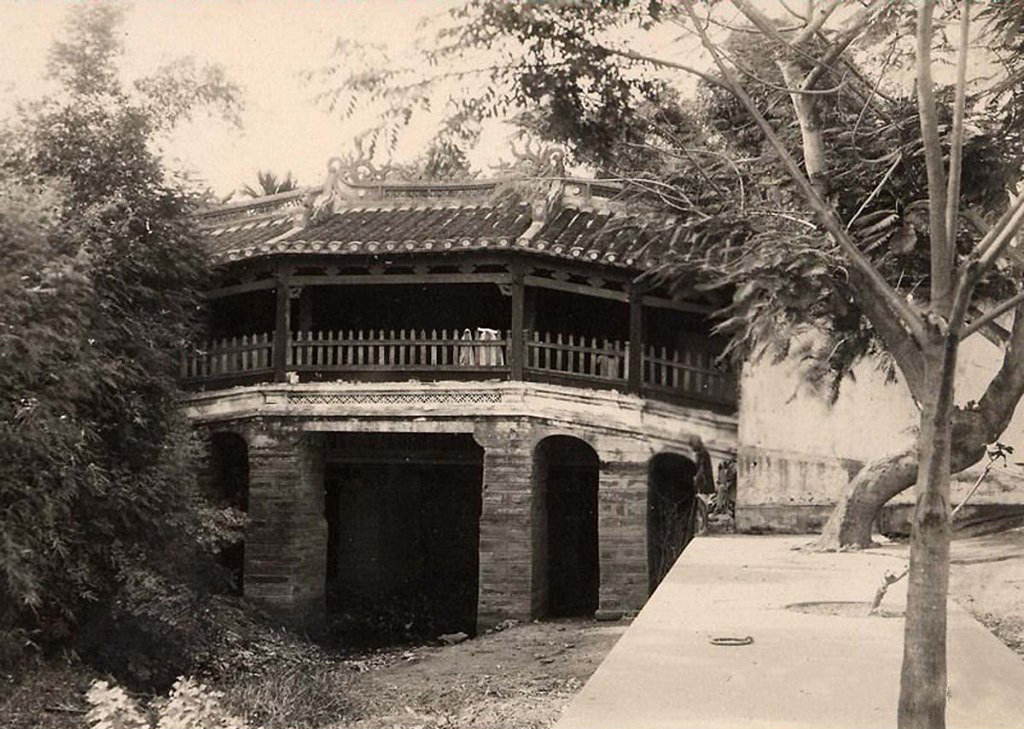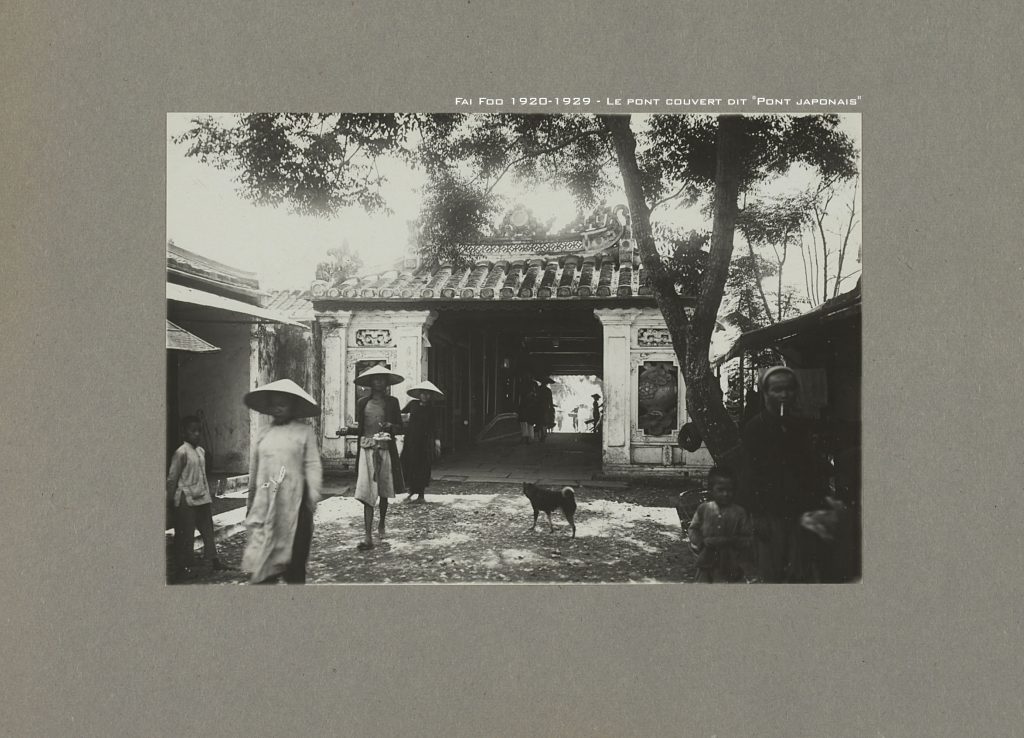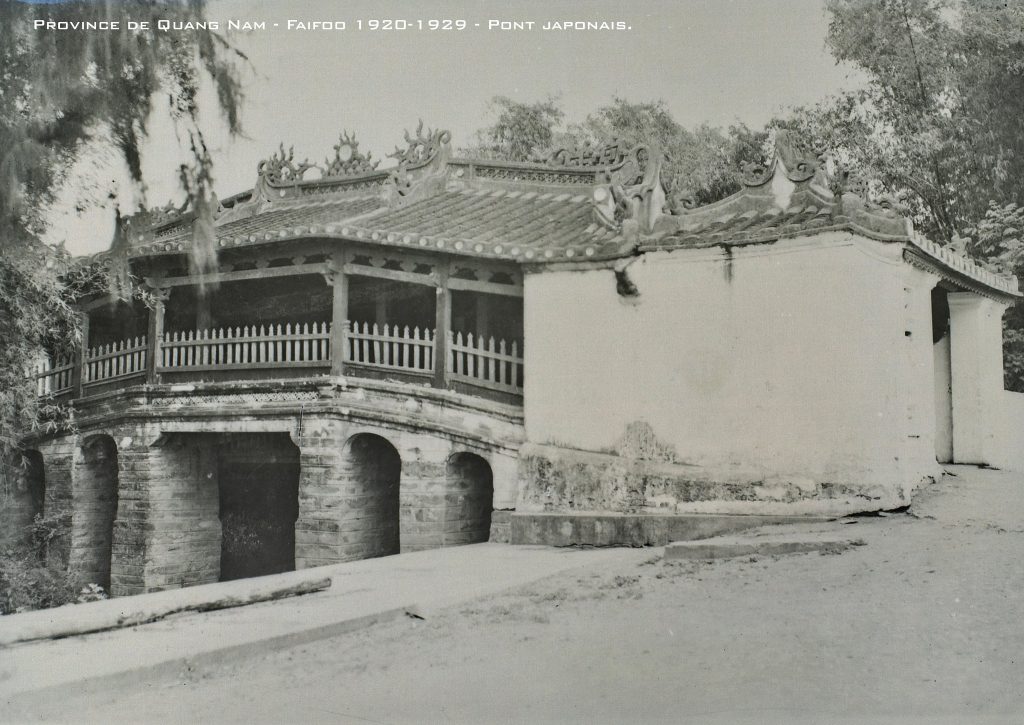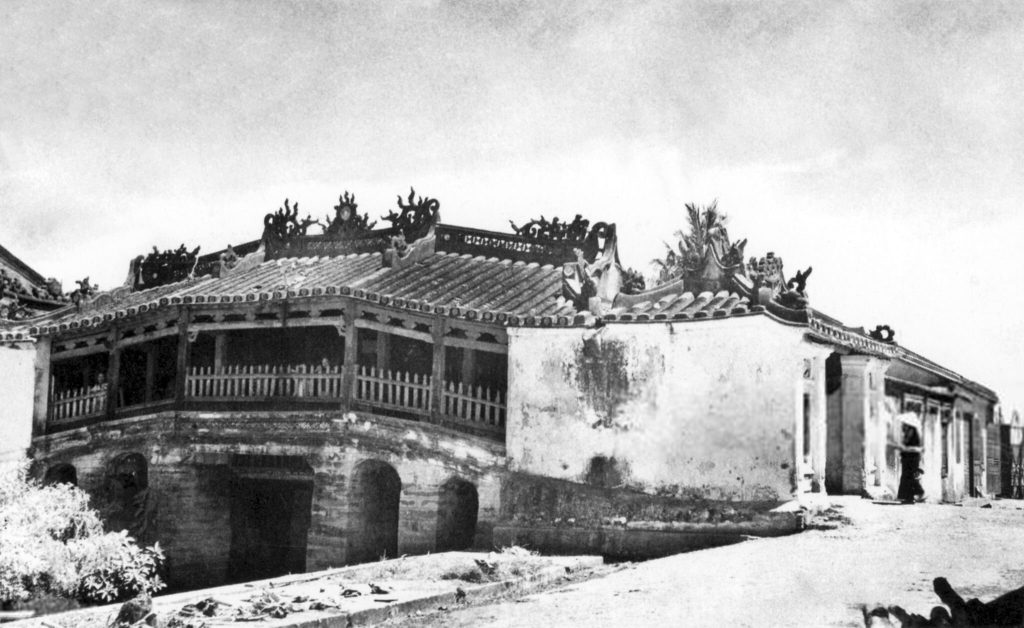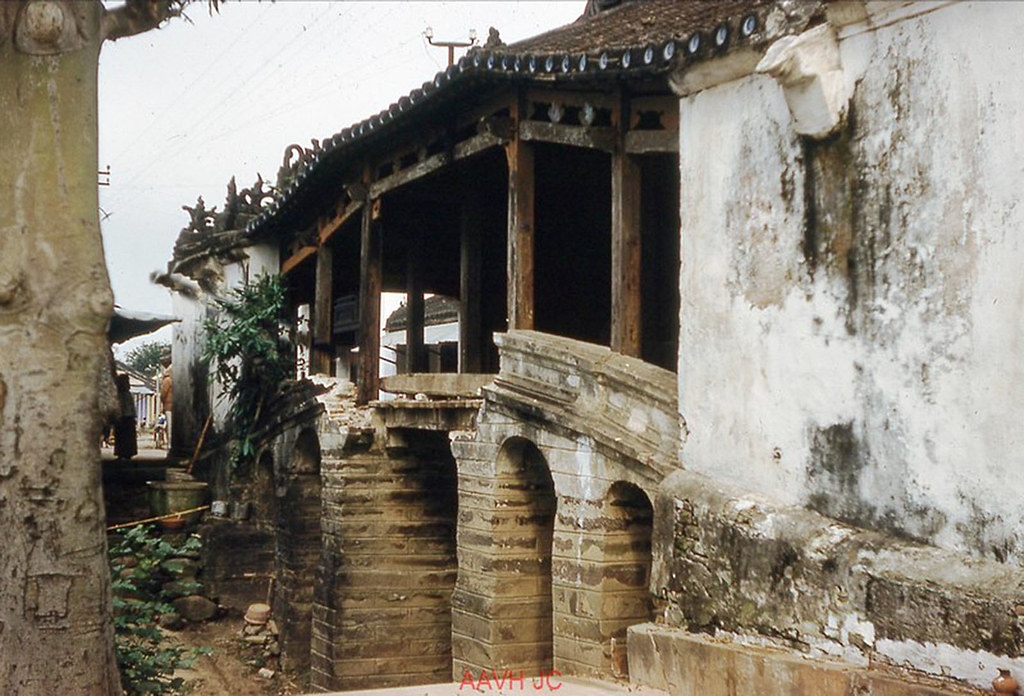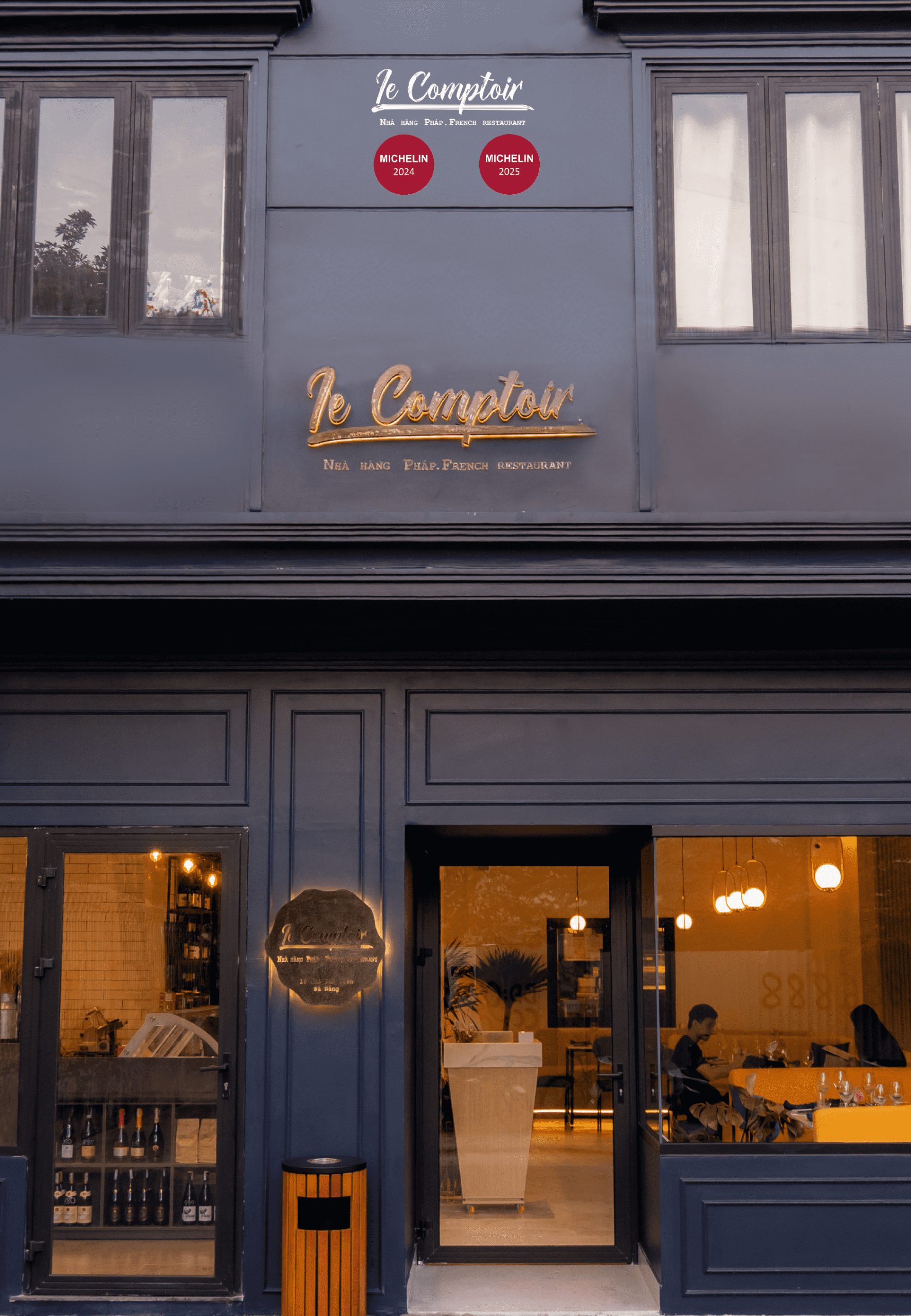Constructed by the Japanese in 1593, the Japanese Bridge in Hoi An stands as a testament to the city’s rich cultural heritage. During this era, Faifo (present-day Hoi An) was divided into two distinct areas: one for the Chinese and the other for the Japanese. These areas were separated by the iconic covered bridge, which continues to be a prominent feature of Hoi An’s landscape.
Originally known as the “Tile Bridge” due to its tiled roof designed to shield pedestrians from the elements, the bridge later acquired the name “Chùa Cầu” (mean Pagoda Bridge) following the establishment of a small temple on the structure. French colonists referred to it as “Pont japonais” (Japanese Bridge) or “Pont couvert” (Covered Bridge).
In 1719, during a visit to Hoi An, Lord Nguyen Phuc Chu bestowed the name “Lai Viễn Kiều,” meaning “Bridge where travelers from afar come.” A historical error in a French document mistakenly attributed this visit to King Le Hien Tong due to the shared regnal name “Hien Tong.”
At one end of the bridge, the Japanese installed two seated clay dog statues, while the other end features two monkey statues. Some historical interpretations suggest that construction began in the Year of the Monkey and concluded in the Year of the Dog, two years later. However, this is incorrect; the bridge was built in 1593, the Year of the Qi Snake, and has no association with the Monkey or Dog years.
The small temple on the bridge, known as Bac De Tran Vu, honors a Chinese general, also referred to as Huyen Thien Dai De. It is maintained by the Hoa community from Minh Huong. The temple’s annual festival takes place on the 20th day of the 7th lunar month. Inscriptions on the bridge’s beams indicate that in 1817, during the 16th year of Gia Long’s reign, local officials and villagers undertook repairs on the bridge. Subsequent renovations occurred in 1823, 1875, and a major restoration in 1915 introduced many of the decorative elements seen today. The temple was damaged in a storm a few years earlier and was reconstructed in early 1917.




